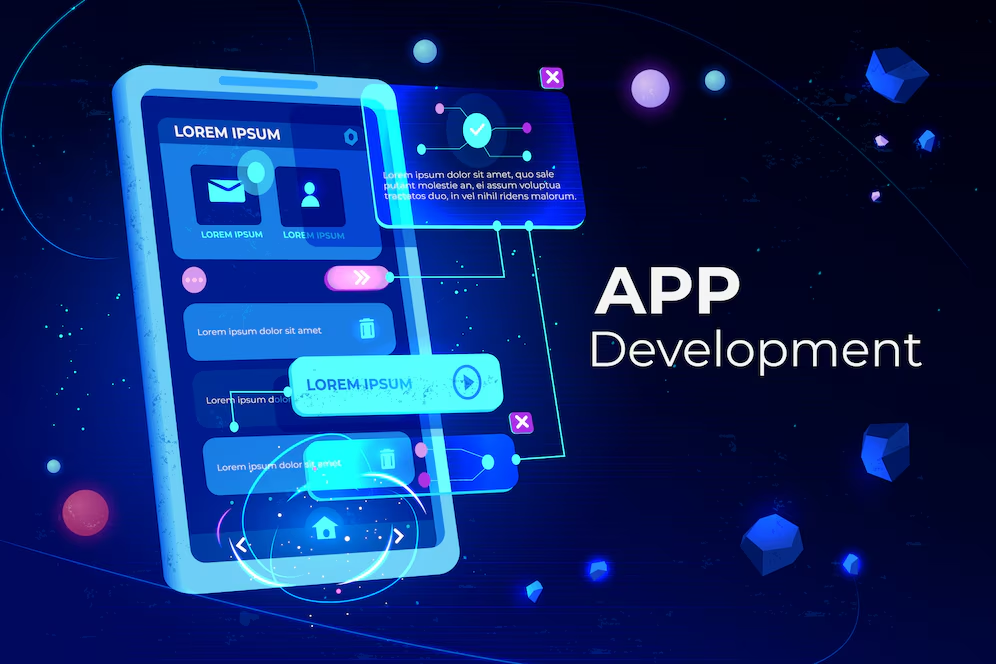In today’s hyper-productivity-driven world, combining gamification with task management isn’t just a trend—it’s a proven strategy to increase user engagement and retention. Apps like EpicWin have pioneered the concept of transforming mundane tasks into epic adventures. If you’re aiming to build a fantasy quest to-do app like EpicWin, this comprehensive guide will walk you through the entire development journey—from ideation to launch—leveraging cutting-edge technologies and design strategies.
What Is a Fantasy Quest To-Do App?
A fantasy quest to-do app merges task management with role-playing game (RPG) elements. Instead of checking off a task, users complete “quests.” They earn rewards, gain experience points (XP), and unlock achievements, all while staying productive in real life.
Key Characteristics:
-
Character Customization
-
RPG-Leveling System
-
Loot and Rewards
-
Daily/Weekly Quests
-
Leaderboard and Social Engagement
-
In-app Store and Items
Why Build a To-Do App Like EpicWin?
The market for gamified productivity apps is rapidly growing. Users today crave more engaging and personalized productivity solutions. Apps like EpicWin, Habitica, and Questmate have demonstrated that gamification leads to habit formation, enhanced user experience, and better retention rates. By entering this space, you’re not just creating another to-do app—you’re building a life companion for users looking to conquer goals like heroes on a mission.
Core Features To Include in Your Epic Fantasy To-Do App
1. RPG-Based User Onboarding
Start by allowing users to choose or create their hero avatar. Implement an onboarding experience that introduces the storyline of the app while familiarizing users with features like quests, stats, and items.
2. Quest-Based Task Management System
Each task a user inputs is translated into a fantasy quest. For instance:
-
“Clean my room” becomes “Clear the Goblin Nest”
-
“Finish my project” becomes “Defeat the Dark Warlord”
Allow users to set task difficulty, deadline, and priority—each determining the XP, gold, and loot they earn upon completion.
3. Character Development and XP System
Incorporate an experience point system (XP) where users level up their avatar by completing tasks. Use an RPG-style leveling mechanic with visible progress bars, skill upgrades, and attribute improvements.
4. Loot, Rewards, and Inventory
Gamify productivity with a reward system. Completing tasks unlocks:
-
Gear and armor
-
Weapons
-
Potions and artifacts
-
In-game currency
All rewards should be storable in a visual inventory system that enhances player motivation.
5. Battle Encounters and Storyline Integration
Introduce randomized battle encounters triggered by quest completions or in-app achievements. Include narrative storytelling to immerse users in a fantasy world where their productivity fuels progression.
6. Daily Challenges and Achievement Badges
Boost retention through daily quests, streak tracking, and achievement badges like:
-
“Quest Knight” – 7-day streak
-
“Dragon Slayer” – 100 completed tasks
-
“Collector” – Full inventory slots
These achievements can be tied to unlockable cosmetics or leaderboard boosts.
7. Social Integration and Leaderboards
Let users form guilds, challenge friends, and compare XP or loot on leaderboards. Community-based features drive daily usage and virality.
8. In-App Store and Monetization
Offer both free and premium models:
-
Freemium users get access to basic quests and loot.
-
Premium tier unlocks exclusive avatars, advanced features, lore-based content, and ad-free experiences.
Include in-app purchases for:
-
XP boosts
-
Cosmetic upgrades
-
Exclusive storyline arcs
Tech Stack for Building a Fantasy Quest App
Frontend:
-
Flutter or React Native for cross-platform development
-
Unity or SpriteKit for integrating animated game mechanics
-
Lottie for motion animations in UI
Backend:
-
Node.js or Django for managing task data, XP progression, and user profiles
-
Firebase for real-time updates, notifications, and cloud functions
-
PostgreSQL or MongoDB for structured and unstructured data storage
Gamification Engine:
-
Custom-built or third-party APIs for XP, rewards, achievements, and storyline progression
Security:
-
OAuth 2.0, SSL encryption, and biometric login for protecting user data
Step-by-Step Development Process
1. Market Research and App Blueprinting
Understand your target audience. Are you catering to students, professionals, or both? Design user personas and use cases.
2. UI/UX Design with Gamification in Mind
Your UI should be thematic, immersive, and interactive. Use medieval fonts, animated icons, and map-style navigations to make the experience feel like a true RPG.
3. App Development & Gamification Logic
-
Build the MVP with basic task-to-quest conversion.
-
Integrate XP, loot, and character progression.
-
Embed storyline quests and lore-rich content.
4. Testing and Feedback Loop
Conduct beta testing with real users to gather feedback on gameplay, app flow, and bugs. Optimize for intuitive UX and fun-factor.
5. Launch and Marketing Strategy
-
Launch with a compelling teaser campaign.
-
Use influencer collaborations in the productivity and gaming niches.
-
Offer early user rewards and limited-time storyline content to drive adoption.
Monetization Strategies That Work
-
Subscription Model: Unlock exclusive storylines, elite guilds, and enhanced visuals.
-
In-App Purchases: Skins, bonus XP, rare loot.
-
Affiliate Partnerships: Collaborate with productivity brands, books, or lifestyle products.
-
Gamified Ads: Offer in-game currency in exchange for watching short, non-intrusive ads.
SEO Best Practices for Your App Website
If you’re building a landing page or blog for your app, implement the following:
-
Target keywords: gamified productivity app, fantasy task manager, quest to-do list app, EpicWin alternatives
-
Create blogs and guides on productivity hacks, fantasy app development, and gamification strategies
-
Include testimonials, use case stories, and video demos
-
Optimize your app listing on Google Play and Apple App Store with ASO (App Store Optimization) strategies
Future Trends in Fantasy Productivity Apps
-
AI-Powered Task Suggestions
-
Voice-Activated Quest Input
-
AR Integration for Battle Quests
-
Blockchain-based Item Ownership
-
NFT Avatars and Rewards


